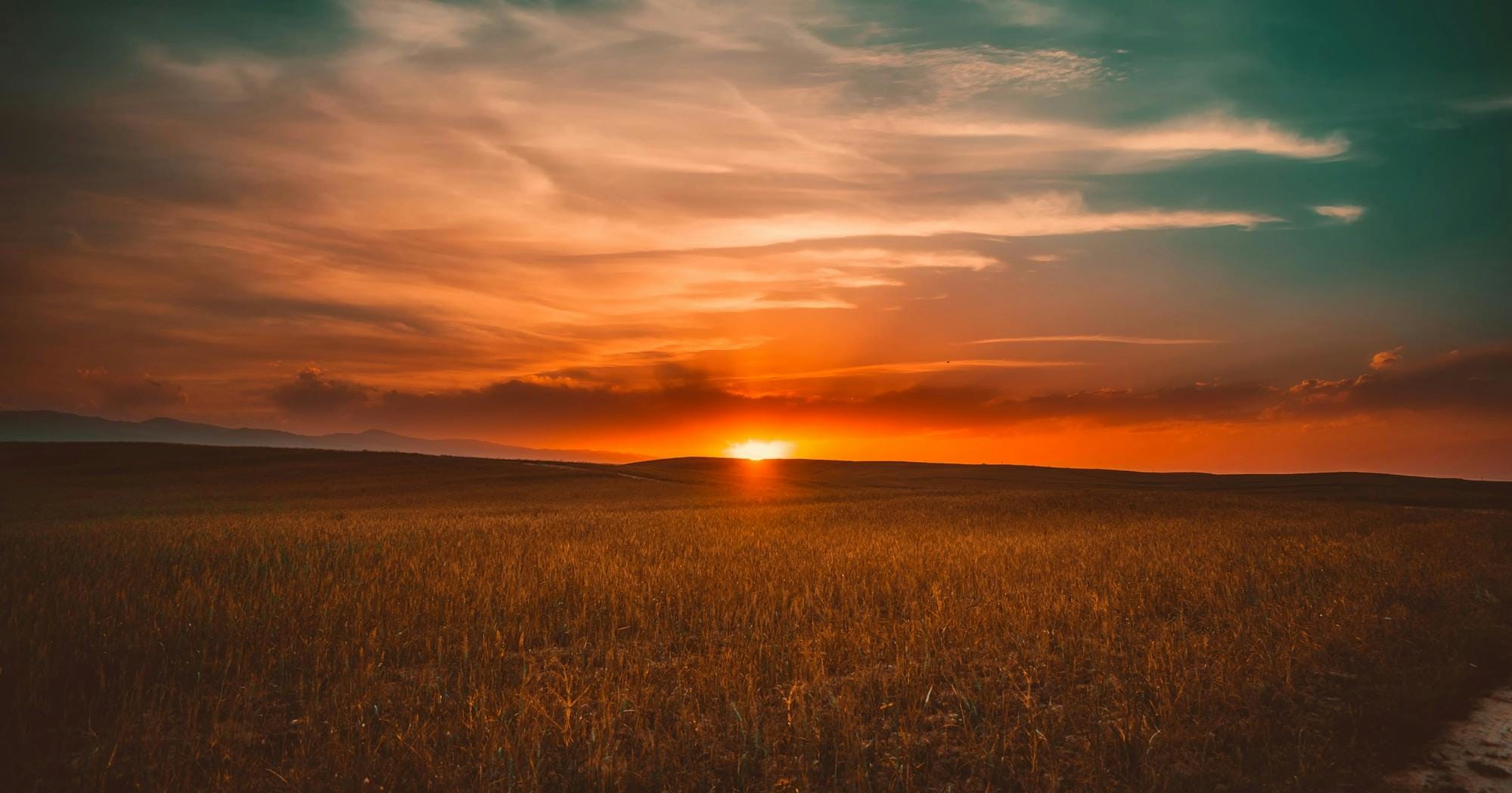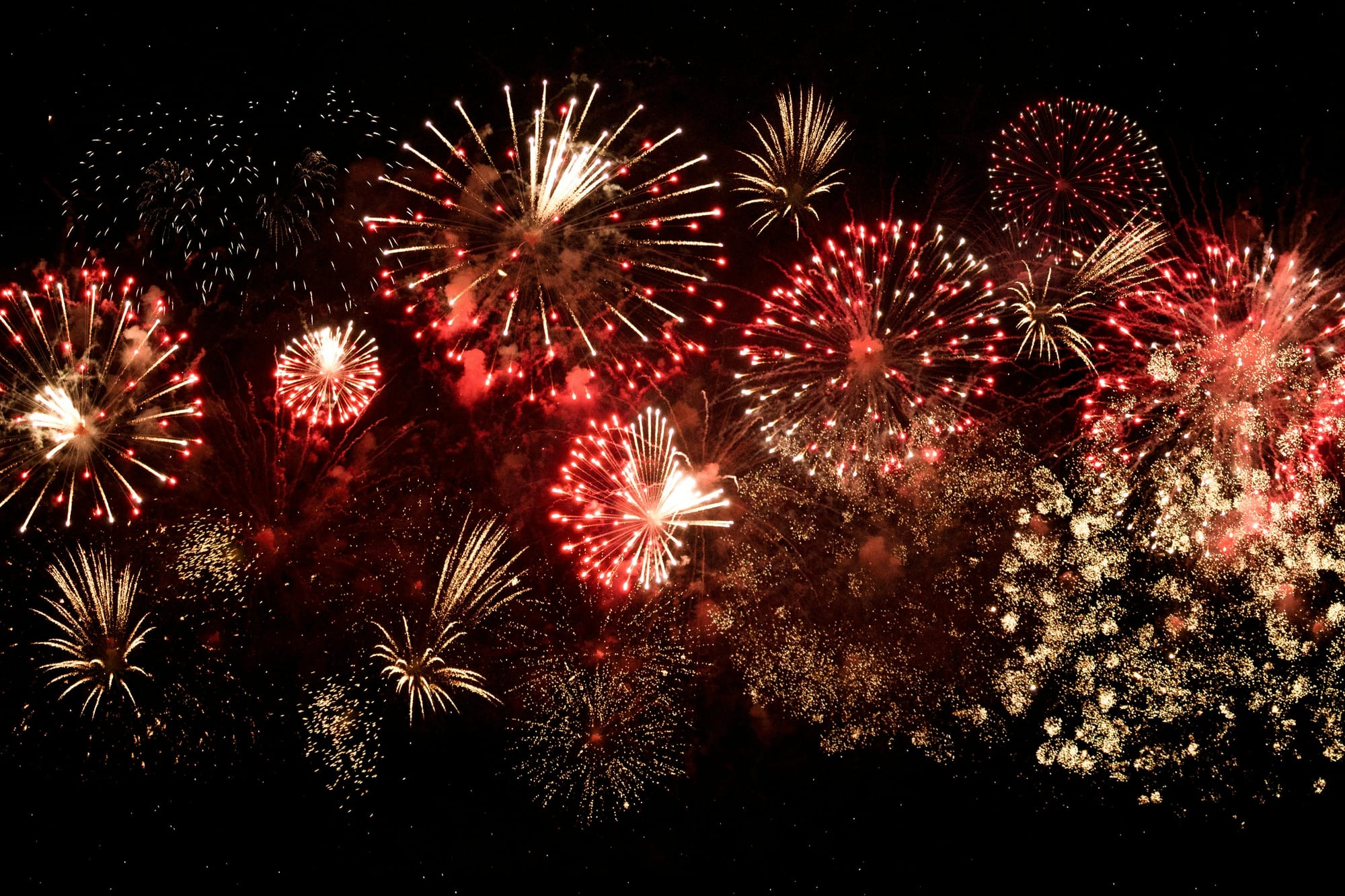The matter of time

During my last semester of college, upon realizing that my B.A. in mathematics would be next to useless in the Great Recession job market, I took a couple of education classes. Both shaped the rest of my life. The introduction to teaching class, which included something like 20 hours of observation in a high school math classroom, convinced me that becoming a teacher was absolutely not the right career path. The education theory class taught me a bunch of useful stuff about child development, the learning process, and cross-cultural communication that I draw on to this day.
One of the things I learned about was the cultural iceberg model, which was initially suggested by anthropologist Edward T. Hall in 1976. Hall posited that cultures have both visible, surface-level traits (the above-the-water portion of the iceberg) and deep traits, which like the bulk of an iceberg, aren't clearly visible but are very much present. Surface culture includes things like food, holidays, music, language, and festivals, and deep culture includes more intangible but profoundly important aspects, like communication styles, notions of courtesy and manners, attitudes towards authority, gender roles, and concepts of time. The cultural iceberg model has been helpful because it encourages me to consider the deep culture values and beliefs that influence how I move through the world, and how others' differing deep culture values and beliefs may be informing their actions.
As the Society for Humanistic Judaism points out, Judaism is both a religion and a culture, since "membership in the Jewish people is not a function of belief; it is a function of identification, connection, and loyalty." In my experience, what most non-Jews in the U.S. know about Judaism relates not to religion, but to Ashkenazi Jewish surface culture: foods like bagels and challah, dancing the horah, celebrating Hanukkah by lighting a menorah.
As a relatively new convert to Judaism, I'm still exploring Jewish deep culture—for the most part, you can only absorb deep-seated beliefs and values through repeated interaction and exposure. I had heard plenty of joking references about "Jewish Standard Time," but I didn't really understand what it meant until I discovered that all events at my synagogue, plus most of the Jewish events I attend virtually, begin later (sometimes a lot later) than their advertised start time.
But there's much more to the Jewish concept of time than perpetually running behind schedule. Judaism keeps its own time, in the form of a lunisolar calendar that likely dates back to ancient Babylonia. The Jewish calendar differs from the solar Gregorian calendar used by most of the world (including the U.S.), as well as the Muslim calendar, which is lunar.
Jewish days begin in the evening, when the sun sinks below the horizon. There are seven day weeks and 12 months, although unlike the Gregorian calendar, months are 29 or 30 days long. That makes a regular year 353-355 days, so to keep the holidays in sync with the seasons, there are seven leap years spread across a 19-year cycle. In a leap year, the month of Adar happens twice (Adar I and Adar II), making the year 383-385 days long. The Jewish year itself is some 3,700 years later than the Gregorian year—as I write this on the 26th of January 2025, the Jewish date is the 26th of Tevet 5785.
How radically out of step the Jewish calendar is with the Gregorian calendar was initially inconvenient and frustrating. It was harder to keep track of holidays (or even which month or year it was) when my planner and Google calendar didn't reflect the Jewish calendar. Days that started at sundown felt counterintuitive. To be honest, I still haven't completely figured out how Jewish leap years work. Then there's the concept of the Shmita, a Sabbatical year observed every seven years (the next one falls in 5789), and historically, the Jubilee year observed every 50 years.
Utilizing a different calendar system than the rest of society is a surface culture trait. But for me, the act of using the Jewish calendar has also begun to lead to specific deep cultural values and beliefs.

Sunrise, sunset
Outside of Shabbat and holidays, I admit that I am not the greatest at marking the beginning and end of a Jewish day. But when I do pay attention—like when I light Shabbat candles and log off social media on Friday evening—there is something mystical about starting a new day as darkness is falling.
Although a Gregorian calendar day technically starts at midnight, most of us are asleep at that hour, so practically, our days begin around sunrise, when we wake up. Colloquially, when we talk about the "start of the day" we mean approximately 7am-9am, not the early morning hours after midnight. Starting a day in sunlight, when businesses and offices are opening for the day, means that we have to lead with action—getting dressed, running through the day's agenda, dropping children off at school, going to work. There isn't much space for being. It's all about doing.
When the day starts at sundown, when there aren't meetings to rush off to and a to-do list looming in my mind, I'm forced to slow down, reckon with what that day means, and focus on its essence. I don't strictly observe halakhah (traditional Jewish law), so other than candle lighting at sundown, my Shabbat doesn't look all that different from a typical day—I drive, I cook, I use my laptop. But the fact that I began marking the day at sundown imbues it with a sense of reflection.
Judaism, famously, is about the questions more than the answers. Debate is centered and a wide variety of opinions are encouraged. My go-to example of this is the Jewish ambiguity about an afterlife, and another example is Jews' wildly varying and often deeply complex notions of the Divine. To me, the Jewish comfort with ambiguity and the sundown start of each day are intertwined. Starting Shabbat with the subdued energy of dusk opens me up to contemplation, and that leads me to a more nuanced understanding of the world and my place in it.
Secondarily, sundown-to-sundown days have given me a deeper awareness of the season, since days' start and end times fluctuate throughout the year. Instead of always beginning at midnight, a day might start at 4:30pm in the winter or 8:30pm in the summer. Looking up the candle lighting time each Friday has made me much more aware of the gentle unspooling of the seasons.
The Biblical Jewish holidays of Sukkhot, Passover, and Shavuot are rooted in the ebbs and flows of the agricultural season. Although I (like the vast majority of modern Jews) don't have any direct ties to farming, those holidays resonate with me deeply—perhaps because monitoring the sundown time has helped me tap into a mindfulness of seasonality that's often missing from industrialized 21st century life.

Happy New Year (x4)
The Gregorian calendar has one New Year—January 1. In the Jewish calendar, Rosh Hashanah is often referred to as the "Jewish New Year" since it's when the new numerical Jewish calendar year begins (i.e. we switch from 5784 to 5785). However, there are technically four Jewish New Years.
1) 1st of Tishrei, observed as the first day of Rosh Hashanah.
2) 15th of Shevat, observed as the minor holiday of Tu Bishvat, or the New Year for trees. Traditionally, this was used to calculate the ages of trees, since people were forbidden from eating a tree's fruit for the first three years after it was planted. Today, some Jews celebrate the holiday by planting a tree (or making donation to have a tree planted in Israel), eating dried or fresh fruit, or having a seder, or ritual meal, utilizing fruits as symbols.
3) 1st of Nisan, which is the first day of the month that Passover falls in (Passover is observed from 15-22 Nisan). Traditionally, this was used to calculate the reigns of Jewish kings, the term of house leases, and contributions to the temple.
4) 1st of Elul. Traditionally, this was used to calculate cattle tithing. As far as I can tell, it doesn't have any significance in the modern era, although the entire month of Elul is used as time of reflection in the lead up to the High Holidays of Rosh Hashanah and Yom Kippur.
The holidays and other customs related to the various New Years that I've detailed above are surface culture. From a deep cultural standpoint, the multiple New Years nod to a more cyclical sense of time, with the marking of multiple inflection points over the course of a year, versus a linear sense of time, in which there is a single forward progression when the year number increments.
The multiple Jewish New Years help me continuously reflect on the person I want to be and the changes I need to bring that person into being. I make New Year's resolutions based on the Gregorian calendar (in 2025 I want to learn to French braid my hair and knit a cabled sweater), but to me, the various Jewish New Years are less about material goals and more about spiritual growth.
On the first day of Rosh Hashanah, Jews traditionally practice a ceremony known as Tashlich, symbolically casting off sins by throwing bread into a body of water. There's something about that ritual that resonates with me deeply, even if the traditional prayers don't (I love this version of Tashlich by Rabbi Rachel Barenblat.) I think the concept of letting go of our mistakes and moving towards self-improvement is too important to reserve for one day a year. It's something that we should keep in our hearts year round, while recognizing that we will keep making mistakes, and hopefully we will keep learning from them, gradually spiraling outwards into a fuller, truer version of ourselves.
The first few weeks of January 2025 have been difficult, with the hope of a fresh beginning quickly fading into the devastating L.A. fires and the terrifying uncertainty of what's to come under the second Trump administration. At this point of my life in particular, I need the multiple Jewish New Years—I need Tu Bishvat, with its focus on the environment and abundance; I need to be in community during Passover; and I need to keep growing in my Judaism and doing what I can to serve others and not lose myself.
May our Jewish surface culture—the songs, the food, the holidays—bring us joy and solace in the year ahead, and may our deep Jewish culture—our belief in human dignity and social justice, our value of tikkun olam (repairing the world)—give us strength and fortitude.